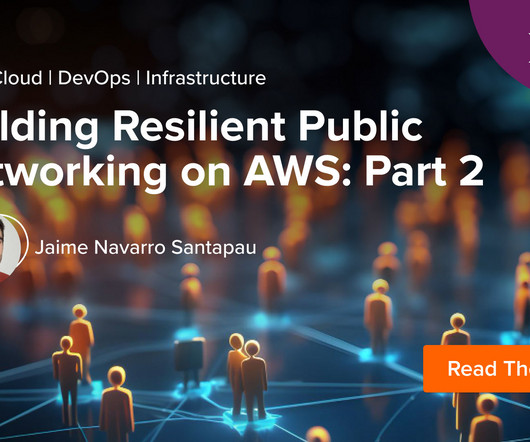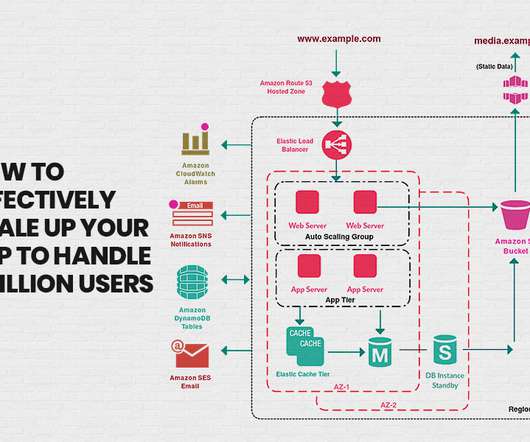AWS vs. Azure vs. Google Cloud: Comparing Cloud Platforms
Kaseya
MAY 13, 2021
As the name suggests, a cloud service provider is essentially a third-party company that offers a cloud-based platform for application, infrastructure or storage services. What Is a Public Cloud? The public cloud provider makes these resources available to customers over the internet.



















Let's personalize your content